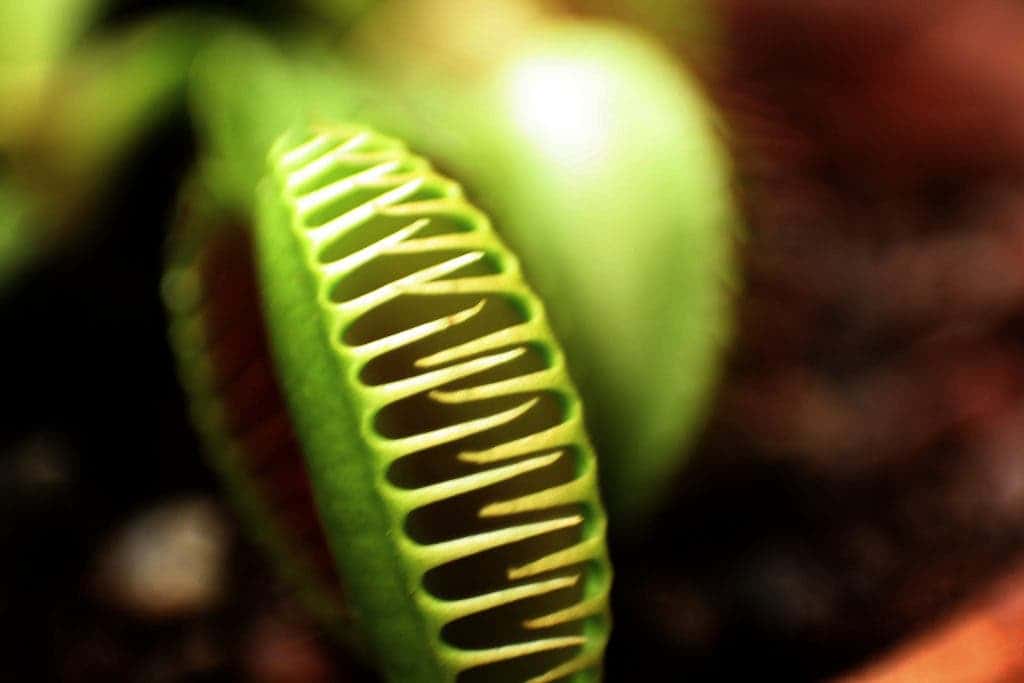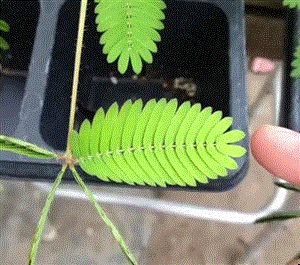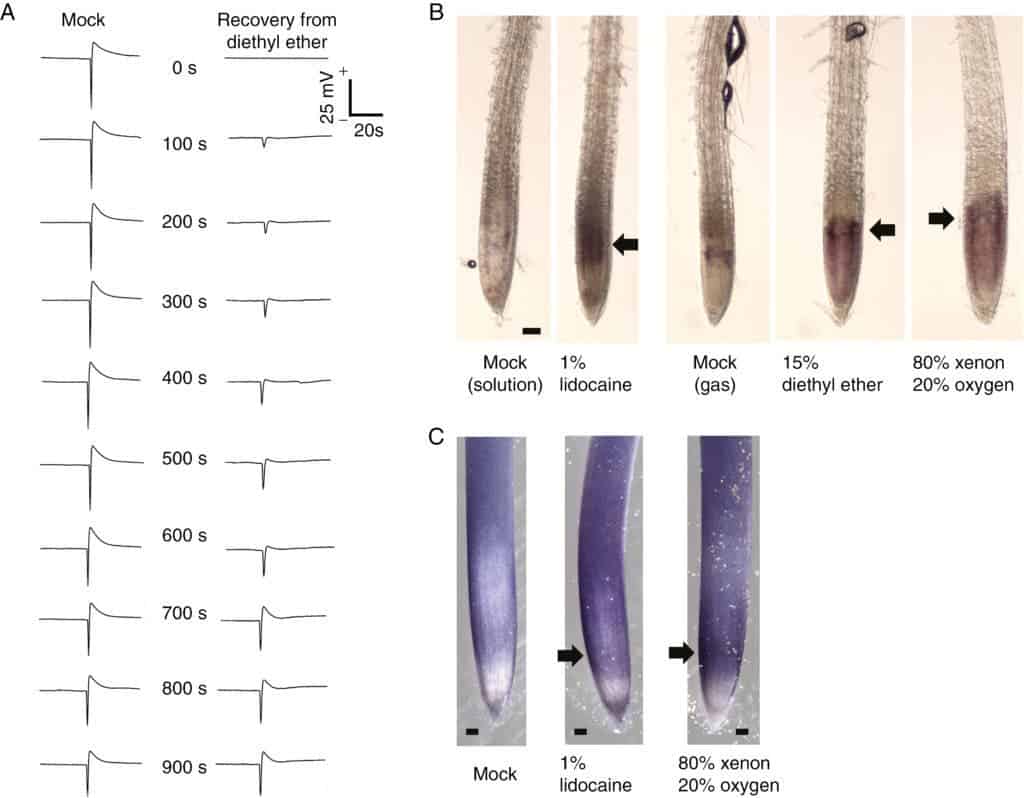Plants can also get knocked out with general anesthetics, new research found. This surprising find could help finally explain why anesthetics work on humans in the first place.

The finer observers among you may foster suspicions that plants are, in fact, very unlike humans. One of the key differences only goes to make a recent discovery that much more surprising: plants also succumb to the effects of general anesthetics, despite lacking a central nervous system. The find might help us finally understand how general anesthetics work on humans, the study’s authors believe, a process that is still poorly understood despite the fact that such drugs have been used in medicine for over a century.
Blissful nothing
While it’s still unclear why or how general anesthetics work, we do not lack for hypotheses. While the technical details vary, they generally tend to revolve around the idea of the drugs interacting with specific receptors on nerve cells or with the lipids that form the membranes of nerve cells. Both kinds of interactions could ultimately disable the ion channels spanning through cellular membranes, channels that act like wires for electric signals to pass through. No working channels, no communication. The end result, in humans at least, is that general anesthetics cause a reversible loss of consciousness and pain perception, along with a loss of motility.
The authors of the current study, led by Stefano Mancuso of the University of Florence, Italy, and František Baluška of the University of Bonn in Germany, believe that plants could hold the key to our understanding of general anesthetics. They’re also helpful because plants could be a useful test bed for the study and development of new classes of such drugs.
“As plants in general, and the model plant [Arabidopsis] thaliana in particular, are suitable to experimental manipulation [they’re easy to work with] and allow easy electrical recordings, we propose them as ideal model objects to study anaesthesia and to serve as a suitable test system for human anaesthesia,” the team writes.
For the study, the team worked with a variety of plants known for their ability to move, including the Venus flytrap (Dionaea muscipulaI) and the creeping shy herb (Mimosa pudica) that folds when touched. They also worked with the carnivorous sundew plants (Drosera capensis) which ensnare prey using sticky tentacles and developing pea (Pisum sativum) tendrils, which twirl around any kind of support as they grow upwards.

The team exposed these plants to a battery of different general anesthetics using different methods. For example, plants were placed in enclosed chambers filled either with diethyl ether vapor or xenon gas, both general anesthetics. For other drugs, such as liquid lidocaine, the team washed the plants’ roots and then exposed them to the compounds.
Do plants dream of veggie sheep?
In all trials, regardless of the species used and drug administration method, the plants went still and unresponsive. After exposure, the Venus flytrap didn’t close its trap in response to touch; neither did mimosa shy away when gently brushed. Finally, the sundew plants didn’t bend to capture dead fruit flies, and the pea plants’ tendrils dropped and curled.
After confirming that general anesthetics also caused immobility in plants (a hallmark of these compounds’ activity in humans) the researchers tried to understand the mechanisms behind this effect. So they put a Venus flytrap under anesthetics yet again, and then looked at the action potentials (the electrochemical mechanism organisms use to form electrical signals) on the trap’s surface, using an electrode. If no anesthetic was applied, the scientists could measure (baseline value) electric pulses, but these were lost following the plants’ exposure to diethyl ether. It took around 900 seconds (15 minutes) for the action potential to recover to a level comparable to the baseline. This would suggest that the compounds knocked out the plant’s electrical wiring, with similar observable effects.

Image credits K Yokawa et al., 2017, Annals of Botany.
Next, the team tested whether the drugs would interfere with the membrane lipids of plant cells. For this step, they used thale cress (Arabidopsis thaliana), a weed in the mustard family that has the distinction of being the first plant to ever have its full genome sequenced. Thale cress is a model organism and is highly appreciated in labs since it’s easy to care for and work with. In particular, the team looked at the plant’s root cells’ ability to move compounds in and out of the cell, processes that rely on the proper functioning of the cell’s membrane. Under anesthesia, the researchers report, the cells lost the ability to process that membrane-bound cargo. This final point suggests that anesthetics also alter the function of lipid membranes to a huge extent.
Still, the work is far from over. Plants use similar receptor proteins to control ion channels in cells as humans do. The team will have to do much more work before fully understanding the mechanism.
The paper “Anaesthetics stop diverse plant organ movements, affect endocytic vesicle recycling and ROS homeostasis, and block action potentials in Venus flytraps” has been published in the journal Annals of Botany.
Was this helpful?



